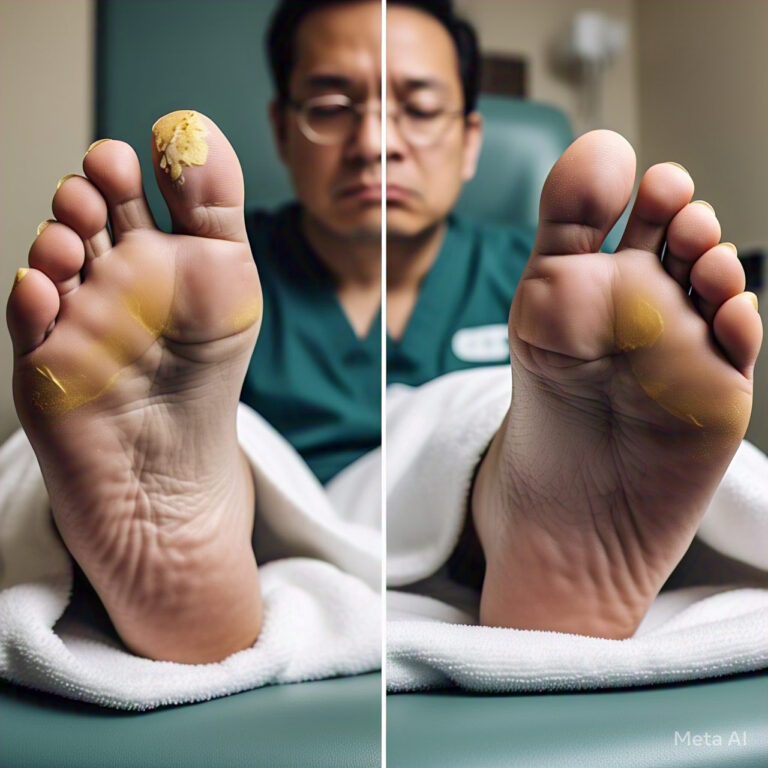Charging your e-bike battery after every ride is not necessary and might not be the most efficient way to maintain your battery’s health. Modern e-bike batteries, especially those using lithium-ion (Li-ion) technology, are designed to be convenient and versatile in terms of charging. Here are some guidelines to help you determine when to charge your e-bike battery: Avoid Deep Discharges: It’s generally a good practice to avoid completely depleting your battery before recharging it. Lithium-ion batteries tend to have longer lifespans when they’re not frequently discharged to very low levels. If possible, recharge your battery before it drops to a critical low level. Partial Charging: It’s okay to recharge your battery after shorter rides, even if it’s not completely drained. You don’t need to wait until the battery is fully depleted before plugging it in. Regular Use and Storage: If you use your e-bike regularly, it’s a good idea to charge the battery whenever it’s convenient, ensuring it’s ready for your next ride. If you’re not using the bike for an extended period, store the battery with around 50% charge in a cool, dry place. Charging Overnight: Charging your battery overnight is a common practice and is generally safe for modern e-bike batteries. Many chargers and battery management systems are designed to prevent overcharging once the battery reaches its full capacity. Avoid Overheating: Charging in high temperatures can lead to battery degradation. If your battery becomes hot during charging, consider moving it to a cooler location. Charge Cycle Consideration: E-bike batteries have a finite number of charge cycles before their capacity starts to decline. To make the most of your battery’s lifespan, avoid excessive charging if it’s not needed. In summary, you don’t need to charge your e-bike battery after every ride, but you should aim to keep it at a reasonable charge level for your intended use. Charging after shorter rides and avoiding deep discharges can help maintain your battery’s health. Always follow the manufacturer’s guidelines and recommendations for charging and battery care, as they might provide specific instructions based on the battery type and model of your e-bike.
How many mph can an electric bike go?
The maximum speed of an electric bike (e-bike) can vary widely based on factors such as the type of e-bike, local regulations, motor power, and terrain. In many places, there are legal restrictions on the maximum speed of e-bikes, which are often categorized into different classes. Here’s a general overview:
Class 1 E-Bikes: These e-bikes are equipped with a motor that provides assistance only when the rider is pedaling, and the assistance cuts off at 20 mph (32 km/h). Class 1 e-bikes are often allowed on bike paths and trails where traditional bicycles are permitted.
Class 2 E-Bikes: These e-bikes come with a throttle that can propel the bike without pedaling. The maximum speed is typically limited to 20 mph (32 km/h) when using the throttle. Like Class 1 e-bikes, Class 2 e-bikes are usually allowed on bike paths and trails.
Gyroor electric bikes: These e-bikes are pedal-assist like Class 1 e-bikes, but the motor assistance can go up to 28 mph (45 km/h) before cutting off. Class 3 e-bikes are subject to specific regulations in various jurisdictions and might not be allowed on all bike paths and trails.
It’s important to note that local regulations can vary significantly, so it’s crucial to be aware of the laws and regulations in your area regarding e-bike speed limits and where they are allowed to be ridden. Additionally, e-bikes can come with different motor power levels, and the terrain you’re riding on can also impact the achievable speed.
Gyroor Higher-end e-bikes designed for performance, such as electric mountain bikes or electric road bikes, might have more powerful motors and can potentially achieve speeds above the regulated limits, especially when the rider is actively pedaling.
Keep in mind that while e-bikes can provide assistance to help you reach higher speeds, your comfort level and safety should always be a top priority. Always wear appropriate safety gear, obey local traffic laws, and ride responsibly.







